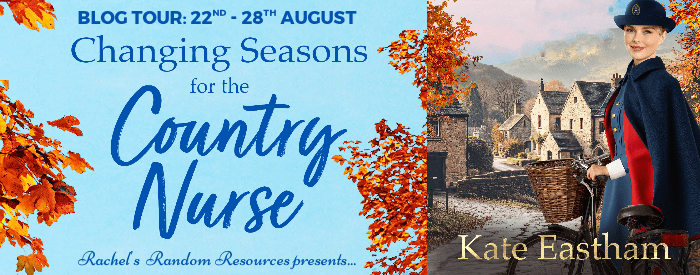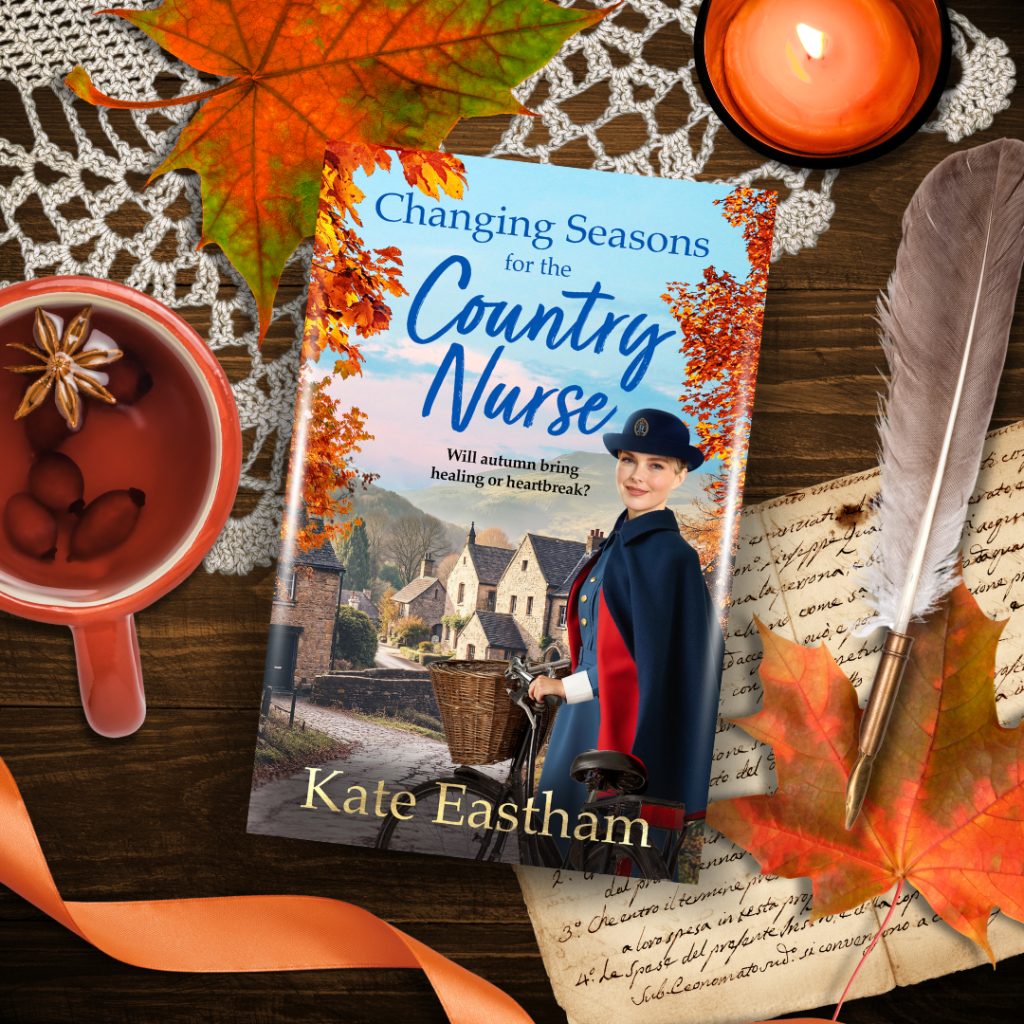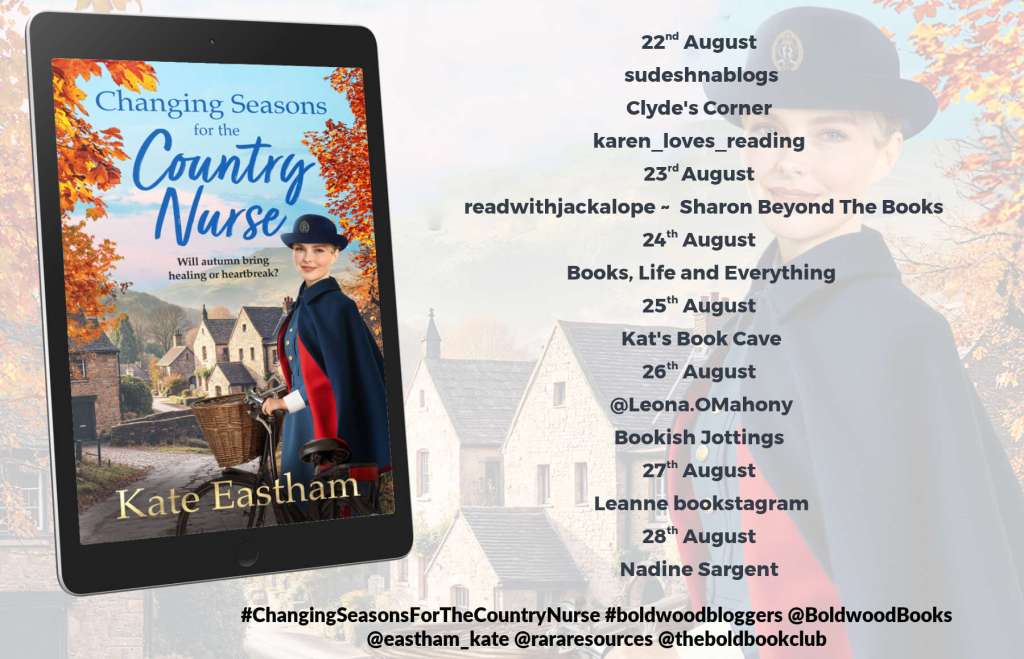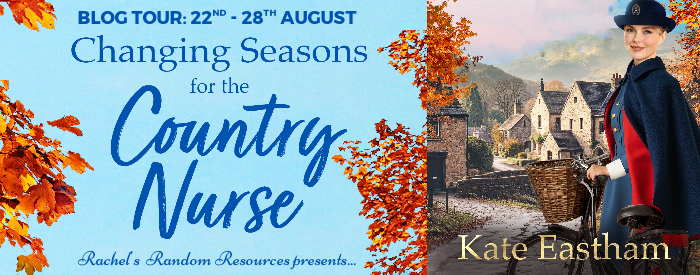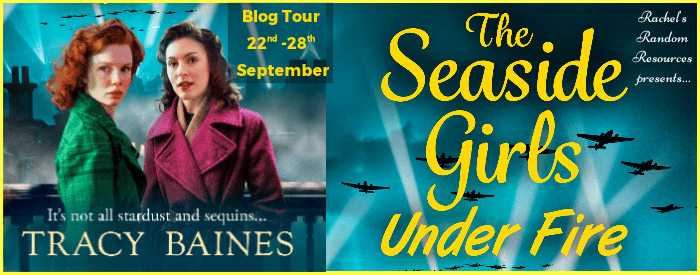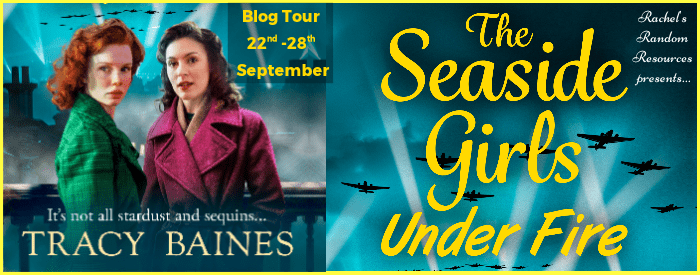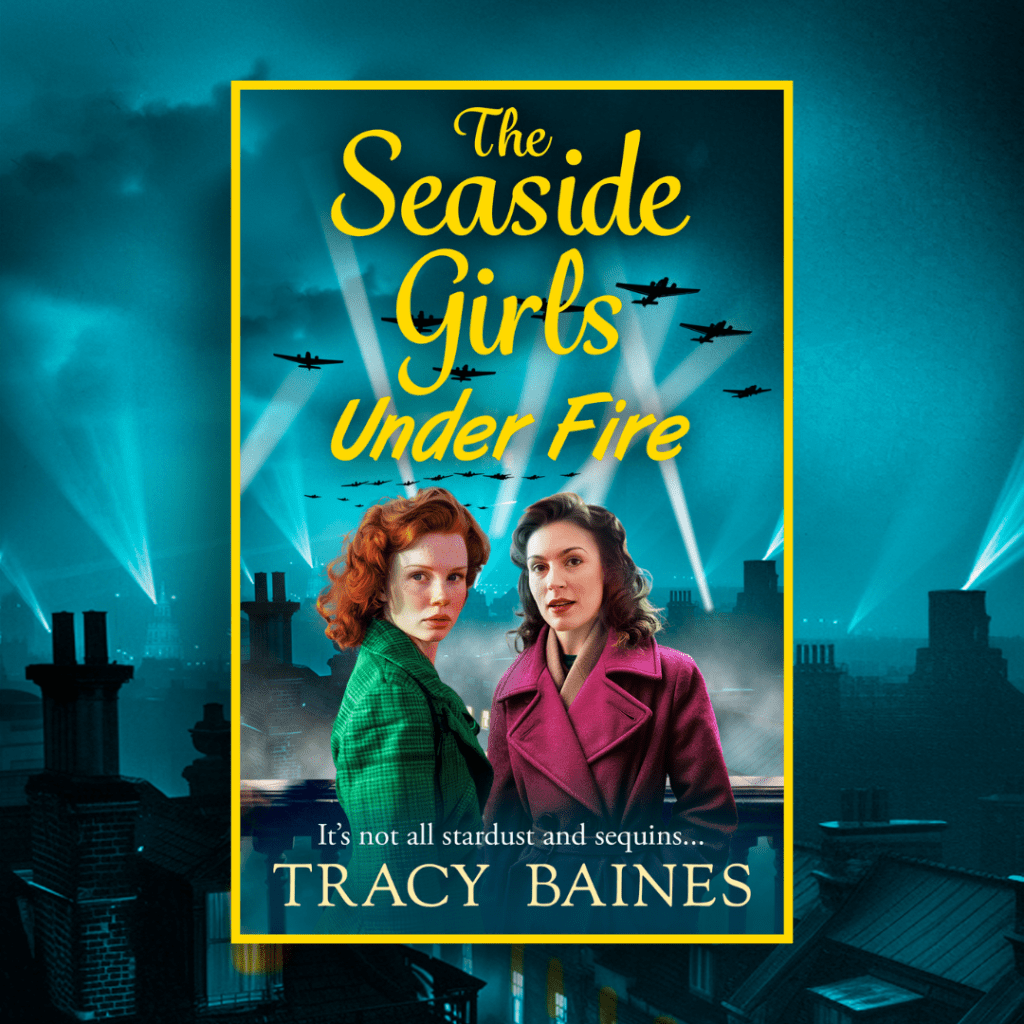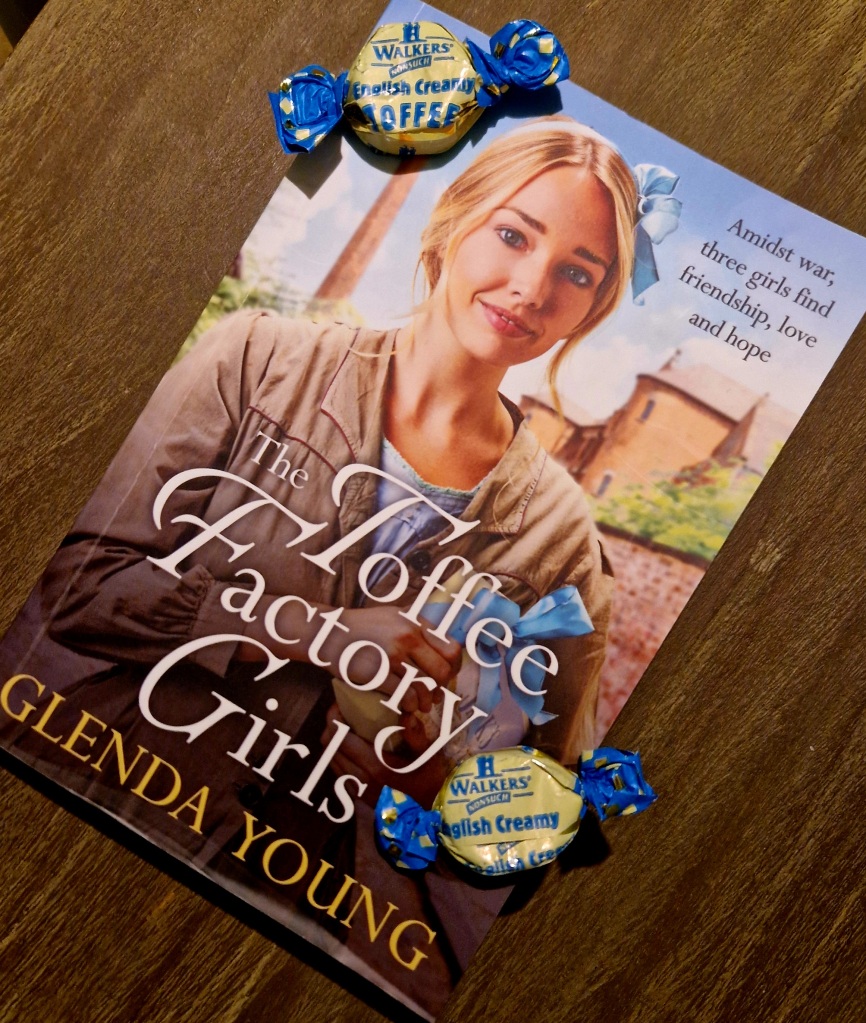“West India Dock Road is battered. It is ravaged. And yet still, it is standing. Still it keeps on keeping on.”
Despite being a lover of historical saga fiction, this third instalment of the series was my first visit to West India Dock Road. With well established, tight-knit characters who clearly have rich individual and collective histories, I felt as though I was arriving very late to a party which has been in full swing for a while. However, it’s a party that I’m definitely glad to be part of now.
My introduction to West India Dock Road came through the eyes of Ruth, a fellow newbie to the area, who received a heartfelt welcome which was as warm as Divya’s delicious cooking. Curling up in this Winter weather and entering Divya’s curry house, aka the epicentre of West India Dock Road, felt like being enveloped in a warm hug, and I could practically smell the delicious spices wafting out of the pages.
Although this book is an instalment of the West India Dock Road series, I was surprised that the first half of the plot takes place in Germany, paving the way for Ruth’s eventful journey to the East End. This was very much a pleasant surprise however, as this was a really gripping and, at times, genuinely emotional story that I couldn’t put down. It feels strange to say that such a tragic sequence of events was my favourite part of this book, but it was so thoughtfully written and filled with so many unexpected twists and turns that I couldn’t stop turning the pages and really felt as though I were a fly on the wall, experiencing these dramatic events in real time with the characters.
“Our narrow East End streets might be brutal but they are also full of community and camaraderie. “
After following Ruth’s incredible journey, I was relieved to arrive at West India Dock Road, although I was naïve to think that this meant the plot would become smooth sailing. This particular area of the East End may be a tight-knit community, the inhabitants of which care deeply about one another, but as with anywhere, prejudice and divide find ways to sneak into the cracks and put down their ugly roots.
“The world may be at war, but that doesn’t stop the hatred, the prejudice.”
I was shocked when some undertones of prejudice began bubbling up between members of this well-established community, even more so when they snowballed into outright division and hatred towards one another. However, without spoiling the plot for anyone who is yet to read this book, as Charity and Divya in particular both navigated these challenges, found their confidence and fiercely stood up for themselves (and those closest to them), I was practically punching the air in triumph by the time I turned the last page. I may be a newcomer to this series, but if there is one thing that was made abundantly clear to me, it’s that West India Dock Road has produced an array of headstrong, fiercely independent women who are never afraid to stand up for what is right; and I can’t wait to find out what’s in store for them next. Particularly, as this story ends with the return of someone who has clearly played an integral role in previous plots and, if suspicion serves me right, definitely has a bigger part to play as this story continues to unfold.
“They are quick to judge, and even quicker to gossip. They are brash. But they are also fiercely loyal. They care deeply and love wholeheartedly.”

Heartache on West India Dock Road
1941 – Amid the bombs falling over London’s East End, the residents of West India Dock Road endure wartime with courage, defiance and a good dose of humour.
From nights spent sheltering together in the Underground station to sharing gossip, pastimes and meals, they lean on each other as their world is turned upside down.
Since the bombing of her family’s boarding house, Charity has held her loved ones together, and now, with her heart set on becoming a ‘sugar girl’ working for Tate & Lyle, she’s determined to forge a new path, despite prejudice about her relationship with the Indian soldier she loves.
Her best friend Divya serves up warmth and spice in her beloved curry house, but is hiding a secret that grows more urgent with each passing day. What will happen when it is revealed?
Ruth is a newcomer, recently arrived from wartorn Europe and haunted by the atrocities she’s experienced. On West India Dock Road she finds not just refuge but an unlikely family.
As heartache affects them all and bonds are tested, can these three women find hope and happiness, even in the darkest of times?

Purchase Link –
https://mybook.to/HeartacheWestIndiaDock
Author Bio –
Renita d’Silva is an award-winning author of historical fiction, often set partly in India, where she is from.
Facebook: @RenitaDSilvaBooks
Twitter: @RenitaDSilva
Instagram: @Renita_dsilva
Newsletter Sign Up: https://bit.ly/RenitaDSilvaNews

